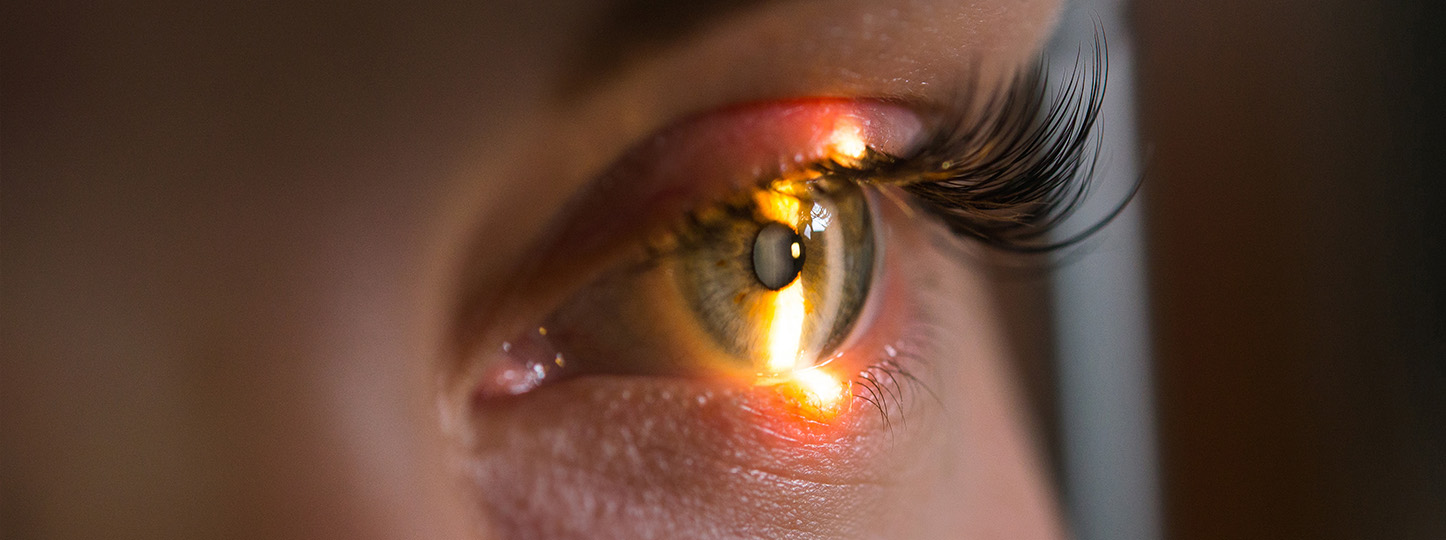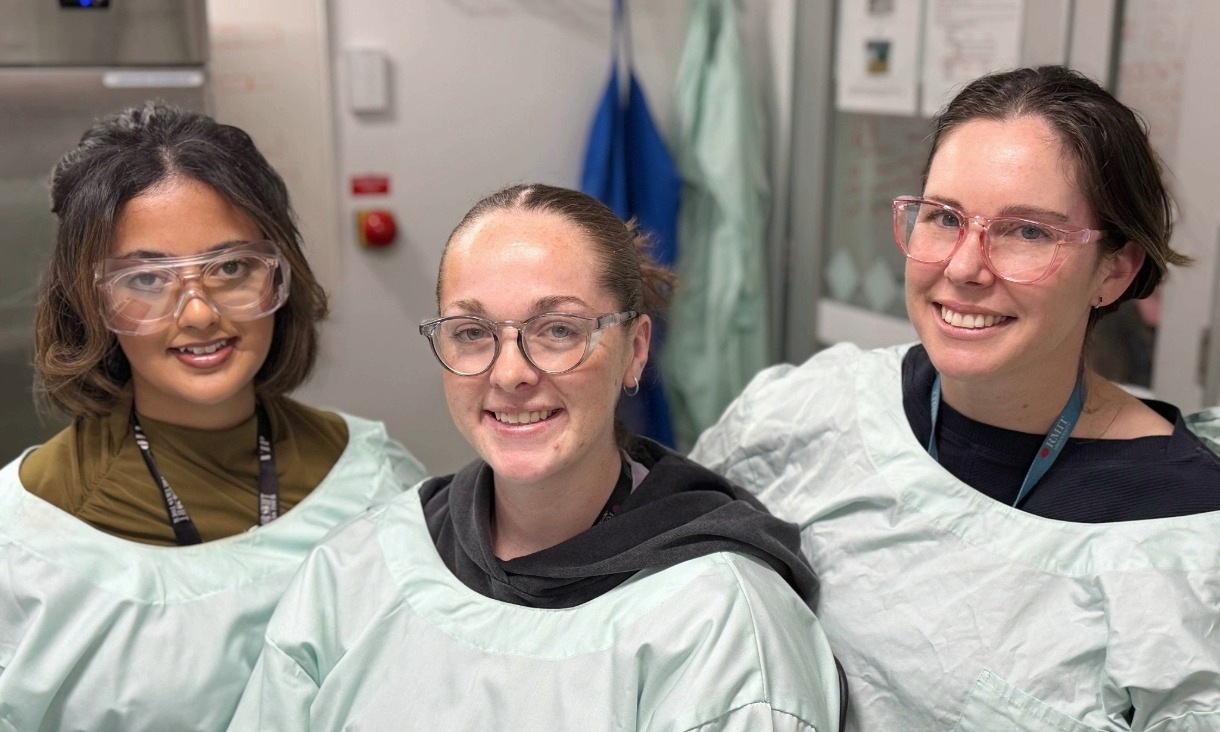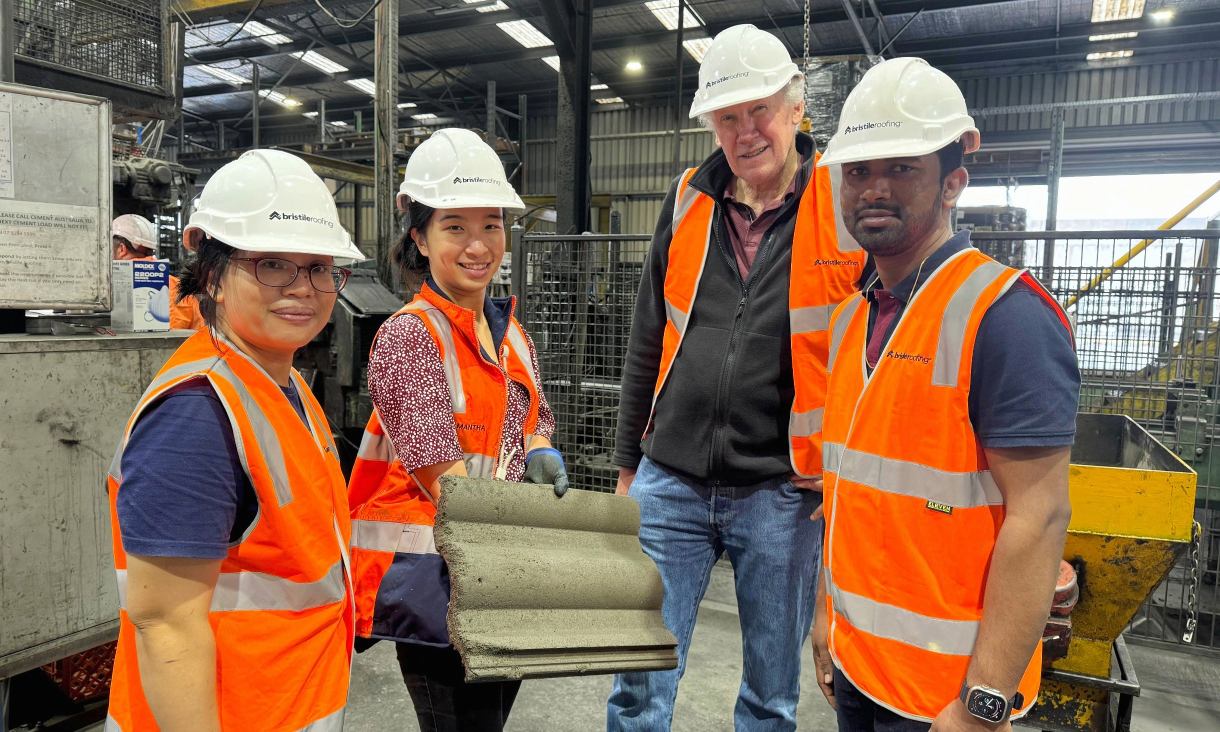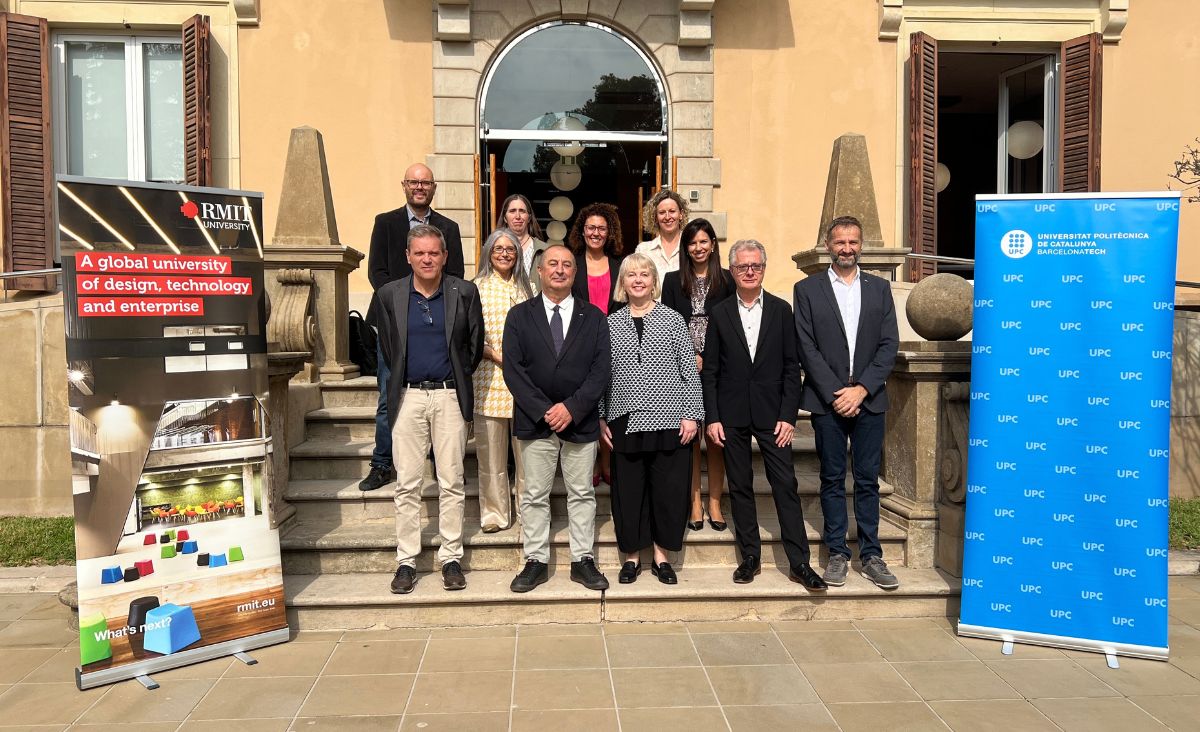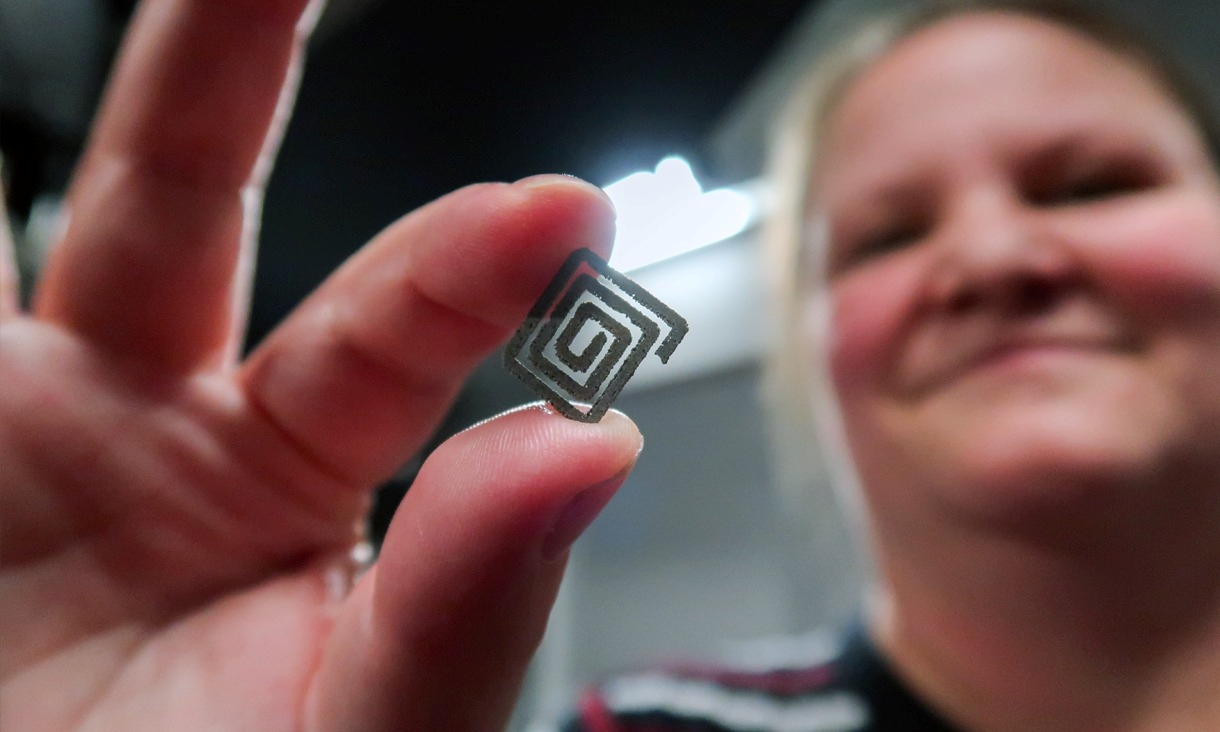Developed by a research team of engineers and ophthalmologists led by RMIT University, the test uses infra-red sensors to monitor eye movement and can produce accurate results within seconds.
About 80 million people worldwide have glaucoma, with more than 111 million expected to be living with the disease by 2040.
About 1 in 50 Australians will develop glaucoma in their lifetime. The loss of sight is usually gradual and 50% of people with glaucoma do not know they have it.
Currently, glaucoma is diagnosed through a 30-minute eye pressure test delivered by an ophthalmologist.
The new AI-powered test takes just 10 seconds to show if there is a risk of glaucoma, making it ideal for use in a national screening program.
Lead researcher Professor Dinesh Kumar, RMIT, said early detection, diagnosis and treatment could help prevent blindness, so making screening faster and more accessible was critical.
“This research will allow a non-contact, easy-to-use and low-cost test that can performed routinely at general clinics,” he said.
“It could also promote a community-wide screening program, reaching people who might not otherwise seek treatment until it’s too late.”
How it works
The pioneering technology differentiates between glaucoma and healthy eyes by analysing changes in pupil size.
In the study, published in IEEE Access, pupils were measured 60 times per second using a low-cost commercial eye tracker.
Under ambient light conditions, patients looked at a computer screen while custom software measured and analysed specific changes in their pupil size.
The software then compared the results against existing samples of glaucoma and healthy eyes to determine the risk of glaucoma.
Dr Quoc Cuong Ngo, RMIT, said the new tech was faster and better than any similar AI-based approach.
“Our software can measure how the pupil adjusts to ambient light and capture minuscule changes in the shape and size of the pupil,” he said.
“Existing AI glaucoma tests require the patient to be perfectly still for up to 10 minutes. Our tech does the job in 10 seconds, without compromising on accuracy.”
Next steps
The team is now looking to adapt the technology to work with smartphone cameras instead of the eye tracker used in the study.
They are also looking for a commercial partner ahead of a clinical trial planned for 2022 – email biosignalslab@rmit.edu.au.
With further research, the software could also be extended to detect other neurological conditions.
‘Pupillary complexity for the screening of glaucoma’, with RMIT co-authors Quoc Cuong Ngo, Susmit Bhowmik, Marc Sarossy and Dinesh Kumar, is published in IEEE Access (DOI: 10.1109/ACCESS.2021.3122079).
Story: Aeden Ratcliffe
